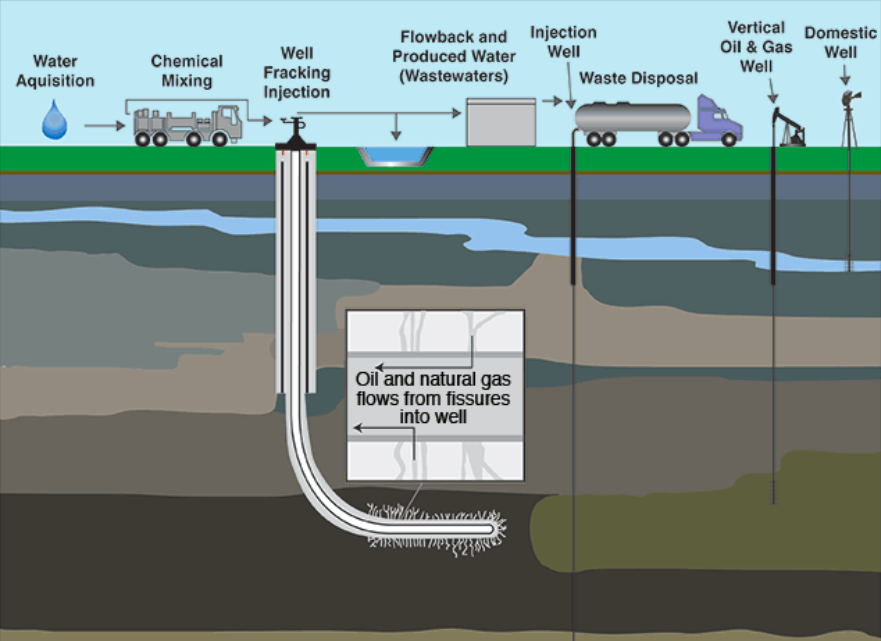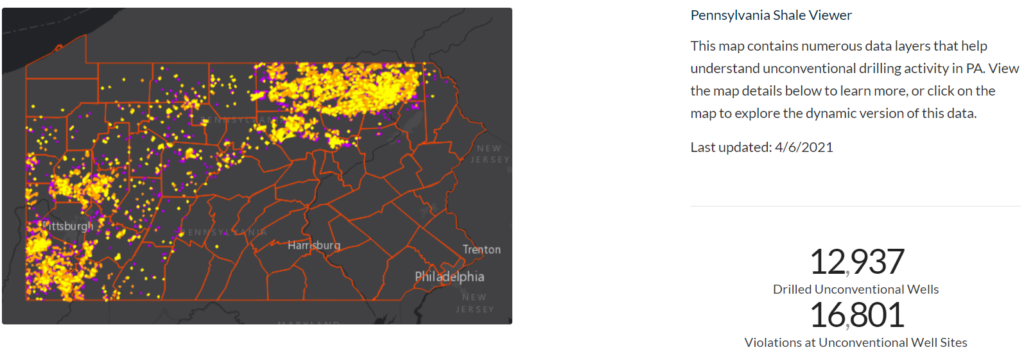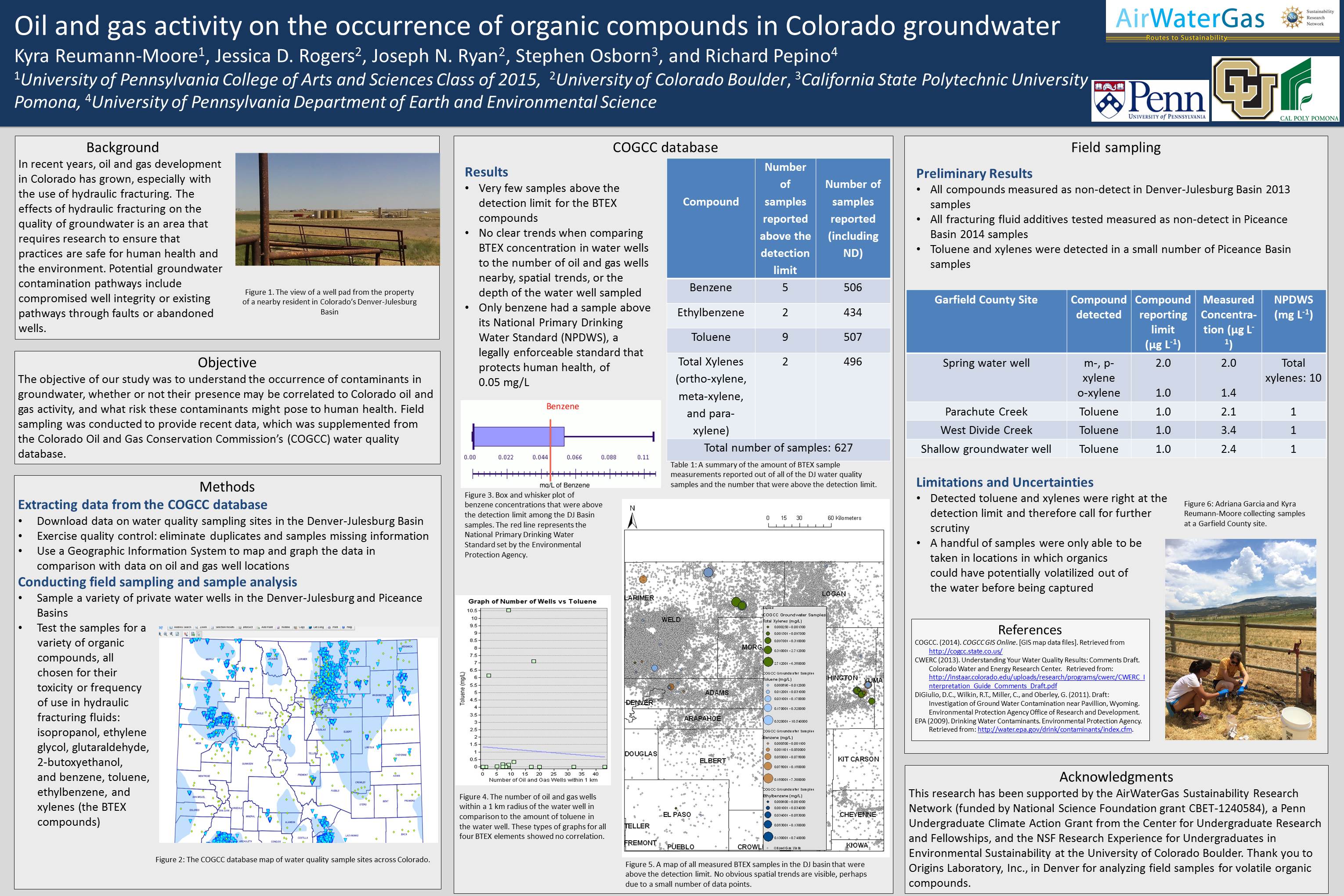**NEW CEC RESOURCE: Well Explorer App**
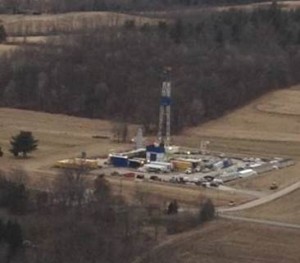 Hydraulic fracturing, or fracking, is a drilling method used to extract petroleum (oil) or natural gas from deep in the Earth. In the fracking process, cracks in and below the Earth’s surface are opened and widened by injecting water, chemicals, and sand at high pressure.
Hydraulic fracturing, or fracking, is a drilling method used to extract petroleum (oil) or natural gas from deep in the Earth. In the fracking process, cracks in and below the Earth’s surface are opened and widened by injecting water, chemicals, and sand at high pressure.
Hydraulic fracturing has received a lot of media attention. The complicated process of accessing oil and gas from shale rock formations encompasses numerous potential pathways for human exposure. We are concerned about the environmental health impacts of the entire hydraulic fracturing process. The hydraulic fracturing process includes extraction of large quantities of sand which is transported to hydraulic fracturing sites for drilling operations. The construction of well pads in rural communities increases traffic, noise, and air pollution. The drilling of the well uses large quantities of water and chemical additives, which require processing and disposal when retrieved as flow back water. Storage of flow back water occurs in on-site ponds, impoundments, and above ground tanks. Compressor stations and flaring of recovered oil and gas contribute to air emissions.
The social changes in rural communities include a large influx of out-of-town workers which has put stress on the existing infrastructure including, hospitals, roads, social services and amenities. Community partners have shared their concerns regarding the safety of the air and water in communities where hydraulic fracturing is occurring. Some community members have expressed concern about their doctors’ inability to obtain accurate and thorough information regarding the chemicals used at a particular hydraulic fracturing site. CEC supports CEET in several pilot projects investigating exposure pathways and health outcomes. CEC has engaged community partners in community-based participatory research.
Unconventional Gas and Oil Drilling Is Associated with Increased Hospital Utilization Rates
EPA final study finds that HF can impact drinking water in the United States
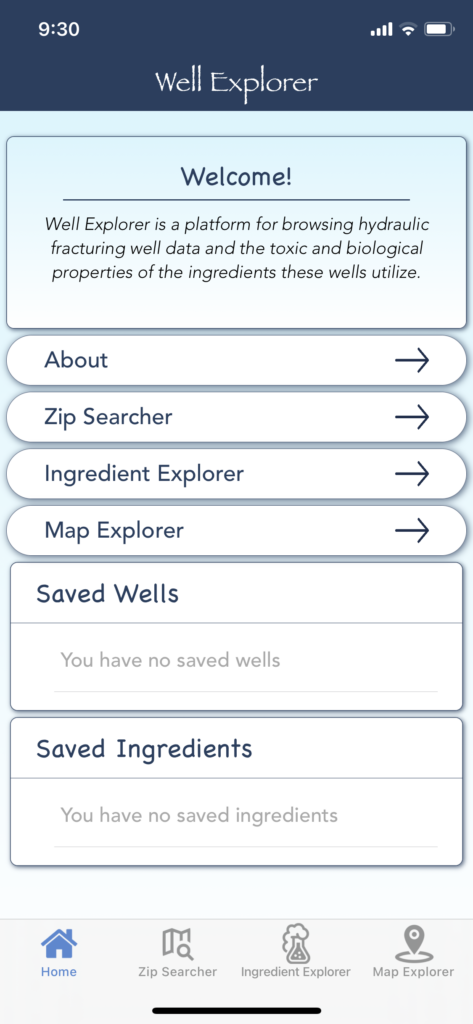
Well Explorer
Well Explorer is an app designed by Mary Regina Boland, PhD and her team of researchers at Penn that serves as a resource for community members to find hydraulic fracturing well sites near them and learn about the chemicals used at these sites.
This app allows you to search for wells near any location, see chemicals used at these wells, and explore what genes, proteins, and hormonal pathways these ingredients affect. This is an useful, free resource to learn more about wells in your community. The Community Engagement Core has created a four-part video series on the Well Explorer app. These videos explain how to download the app and walk you through the varies functions of the app.
Visit our NEW WEBPAGE to learn how to download the app, see the videos that explain how to use the app’s features, and potential ways to use the information you learn from the app.
CEC Activities
Resources: Health and Hydraulic Fracturing
Hydraulic fracturing, or “fracking,” has become more common in the quest to extract natural gas from reserves across the United States. In a podcast and factsheet, NIEHS takes a close look at the potential environmental health implications of this practice and what researchers are doing to learn more.
The Impacts of Natural Gas on Public Health and the Environment [INFOGRAPHIC] Dr. Jill Johnston’s team at the University of Southern California (USC) Southern California Environmental Health Sciences Center and community partners of the Trade, Health, Environment Impact Study (T.H.E. Impact Project) created this infographic to share the realities front-line environmental justice communities experience when living near natural gas activities. This infographic was featured on the February 2021 PEPH Newsletter.
Hydraulic Fracturing (‘Fracking’) and Environmental Health Webinar [VIDEO]. This webinar explores the complex issue of hydraulic fracturing by considering the concerns expressed by communities and highlighting current activities as a way of increasing our understanding of research and communication gaps. This webinar was part of NIEHS Partnerships for Environmental Public Health (PEPH) Program webinar series and features presentations by Jill Kriesky, Ph.D. from the University of Pittsburgh, and Roxana Witter, M.D. from the University of Colorado.
A Second Look at the Impacts of Hydraulic Fracturing [PODCAST] provides an update to our 2013 podcast and features experts Trevor Penning, Ph.D. of the University of Pennsylvania and Kathleen Gray of the University of North Carolina.
Health and Hydraulic Fracturing [FACTSHEET] offers a brief overview of what is known about the impacts of fracking on health and what NIEHS is doing to increase our understanding of these issues.
Radio Interview: CEC Director Dr. Marilyn Howarth in WPEL Interview with Larry Sauder on Health Issues and Hydraulic Fracturing. Part 1 | Part 2
CEC working with Susquehanna Clean Air Network and Breathe Easy Susquehanna County to collect resident drinking water to test for contaminants above the EPA maximum contamination levels.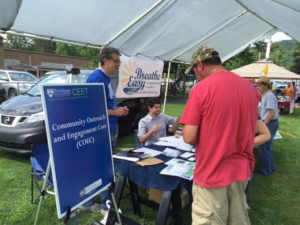
At CURF’s Annual Research Open House / Research Expo in Bodek Lounge, in Houston Hall Kyra Reumann-Moorel presented her work on Oil and gas activity on the occurrence of organic compounds in Colorado groundwater



